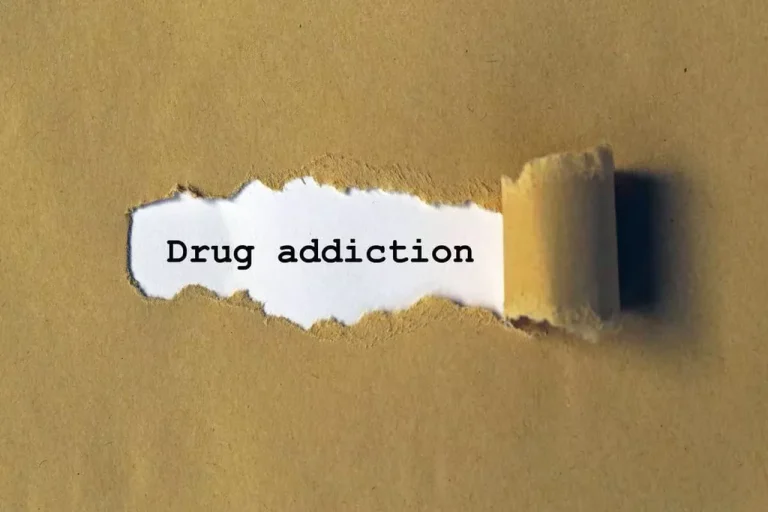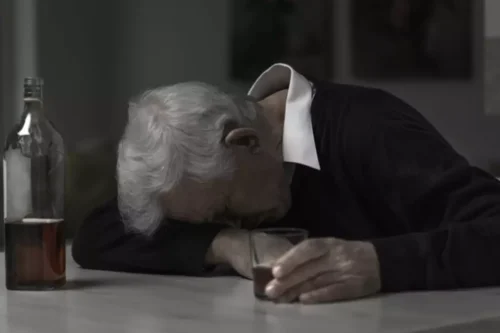Alcohol Withdrawal Symptoms, Detox, Timeline, & Treatment

Consequently, the interprofessional healthcare team must ascertain the most suitable setting based on a patient’s symptoms. If you are detoxing at home, anything beyond mild symptoms should trigger you to seek medical help. Delirium tremens (DTs) is a serious https://ecosoberhouse.com/ condition that some people struggling with alcohol withdrawal go through. It is characterized by severe nausea, seizures and hallucinations. If you begin to experience DT, you always need to get immediate medical attention, as it can be life-threatening.
Treatment / Management
As the alcohol wears off, these effects lead to common hangover symptoms, such as headache, nausea, and fatigue. Drastic changes in blood pressure and heart rate can also develop, which may lead to a stroke or heart attack. This depends on the individual and the results of laboratory tests that their doctor may order.
Clinical spectrum
People having experienced alcohol withdrawal may suffer from sleep problems or minor signs of an overactive nervous system, such as fastened heartbeat, agitation, or sweats, for a few months. A high fever, hallucinations, and heart disturbances are all reasons to seek immediate help. The symptoms may worsen over 2 to 3 days, and some milder symptoms may persist for weeks in some people. They may be more noticeable when you wake up with less alcohol in your blood.

Alcohol Withdrawal Timeline: How Long Does Each Stage Last?
- Comprehensive patient care entails acute management and outpatient support in the hospital setting.
- The main management for severe symptoms is long-acting benzodiazepines — typically IV diazepam or IV lorazepam.
- For most people, alcohol withdrawal symptoms will begin sometime in the first eight hours after their final drink.
- For example, some people may experience mild nausea with no vomiting, while others may have severe nausea and frequent vomiting or dry heaving.
- It affects about 50% of people with alcohol use disorder who stop or significantly decrease their alcohol intake.
- They can recommend inpatient or outpatient care, depending on your current health status.
Withdrawal seizures are most typically experienced 24 to 48 hours after the last drink. Because denial is common, you may feel like you don’t have a problem with drinking. You might not recognize how much you drink or how many problems alcohol withdrawal in your life are related to alcohol use. Listen to relatives, friends or co-workers when they ask you to examine your drinking habits or to seek help. Consider talking with someone who has had a problem with drinking but has stopped.
Over time, the brain adjusts its own chemistry to compensate for the effect of the alcohol. It does this by producing naturally stimulating chemicals (such as serotonin or norepinephrine, which is a relative of adrenaline) in larger quantities than normal. It’s also important to note that delirium tremens can be life-threatening. Before you decide to go through alcohol withdrawal, write yourself a letter and keep it nearby for quick reference. The letter’s content should be encouraging and remind you why you are going through the challenge of detox in the first place.

What medication helps with alcohol withdrawal?
- Also known as DTs, an estimated 2% of people with alcohol use disorder and less than 1% of the general population experience them.
- Foods rich in vitamins and minerals, like fruits, vegetables, lean proteins and whole grains, can support the body’s recovery.
- People who are daily or heavy drinkers may need medical support to quit.
- People can partake in some natural remedies and activities to keep their minds occupied and help pass the time as withdrawal symptoms fade.
Still, if you’re experiencing withdrawal symptoms, it’s essential to get evaluated by a healthcare professional. Depending on the severity of your symptoms, your doctor may recommend monitoring a medical setting or at home. If you have severe vomiting, seizures or delirium tremens, the safest place for you to be treated is in a hospital. For delirium tremens, treatment in an intensive care unit (ICU) is often required. In an ICU, your heart rate, blood pressure, and breathing can be monitored closely in case emergency life-support (such as artificial breathing by a machine) is needed. Healthcare providers typically prescribe short-term medications to relieve the symptoms of mild to moderate alcohol withdrawal.

Continued Support
The likelihood of developing alcohol withdrawal increases with the amount and frequency of your alcohol intake. These symptoms usually peak in intensity on the second or third day of being sober and tend to improve significantly between 2 to 7 days without alcohol use unless more severe symptoms develop. You may experience AWS between a few hours to a few days after your last drink or suddenly after reducing heavy alcohol use. Alcohol withdrawal syndrome (AWS) describes a broad range of symptoms a person with AUD may experience when reducing or stopping alcohol misuse. Behavioral treatment programs are helpful for people who want to quit drinking. These programs involve working with a team of mental health professionals in a group and individual setting.
Do not sell my personal information Privacy Policy and Terms of Use
When this happens, your central nervous system can no longer adapt easily to the lack of alcohol. If you suddenly stop drinking or significantly reduce the amount of alcohol you drink, it can cause AWS. Eating nutritious food, exercising, and getting enough sleep can help reduce some withdrawal symptoms, such as mood swings.
The alcohol withdrawal timeline varies, but the worst of the symptoms typically wear off after 72 hours. People who are daily or heavy drinkers may need medical support to quit. Stopping drinking abruptly can lead to seizures and can even be fatal. In the outpatient setting, mild alcohol withdrawal syndrome can be treated using a tapering regimen of either benzodiazepines or gabapentin administered with the assistance of a support person.



